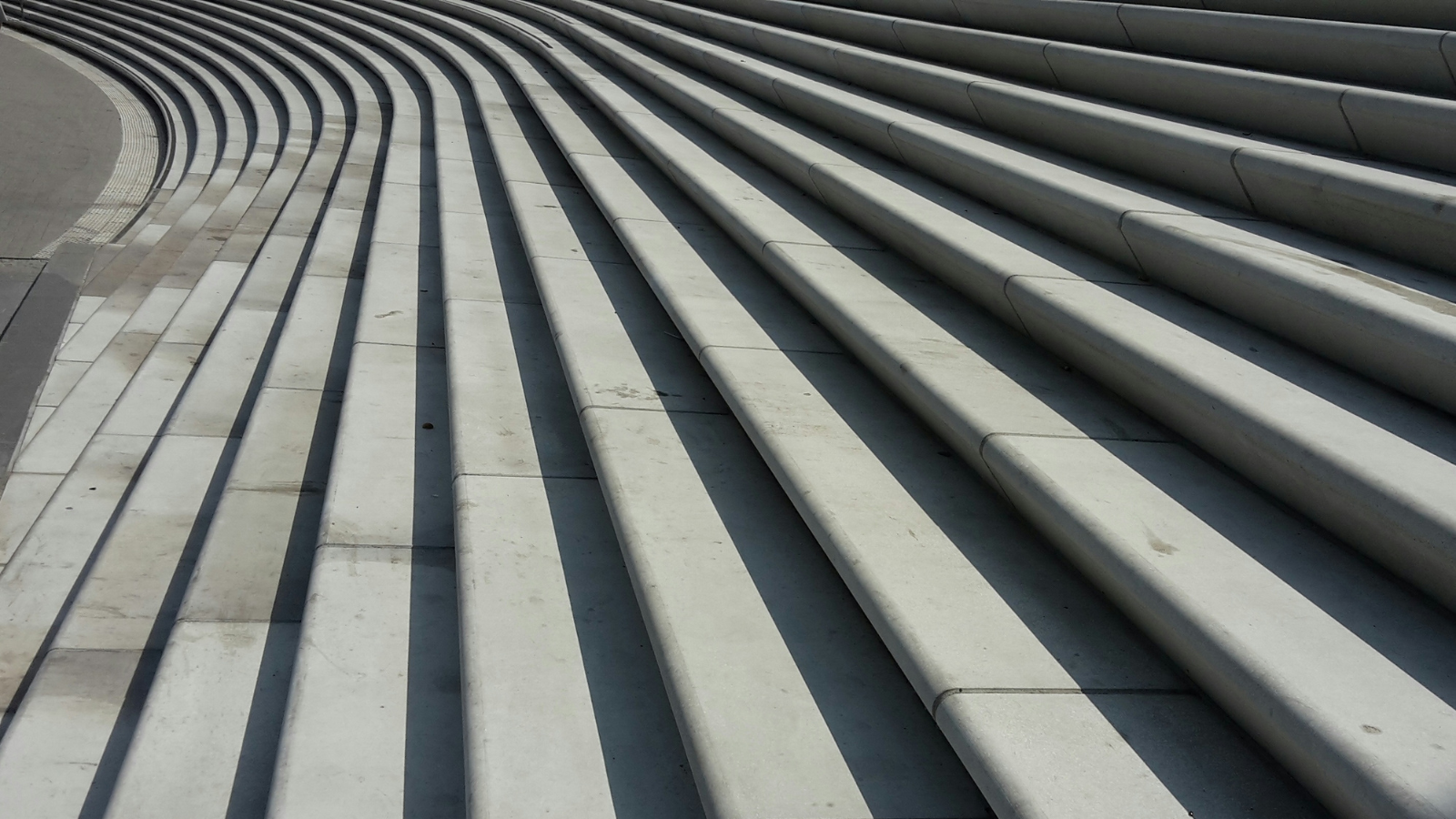The EU has a concrete problem: How to cut CO2 emissions from cement faster and cheaper

As the Alliance for Low-Carbon Cement and Concrete (ALCCC), we are thrilled to see the EU's concrete problem getting much-needed attention. After water, concrete is the most used material on earth. At the same time, European cements are among the most carbon-intensive, accounting for 4% of the bloc's total emissions.
For an industry with such high emissions, political attention on its environmental impact has been lacklustre. It’s high time to reverse that. There is a wealth of research and innovation around decarbonising cement, and yet common misconceptions proliferate despite the best of intentions.
Low-carbon cement and concrete technologies are out there – they’re innovative, available, and ready to be scaled up, today.
It is easy to fall into the trap of labelling the industry hard to abate because there is no silver bullet to decarbonising cement and concrete. But a multitude of solutions do exist – and all of them have a part to play in reaching net zero. Carbon capture and storage (CCS) could be one of them, but it simply won’t be enough – we must primarily tackle emissions stemming from cement production processes.
According to the IPCC, green cement is the only solution with the potential to slash the industry’s footprint by half with zero costs. The urgency of building the production and usage of green cement has also been highlighted in a multitude of recent research, including from the United Nations, and the International Energy Agency.
Green cement and concrete technologies are durable and safe. The substitution of clinker – the main component of traditional Portland cement – has a long and proven history dating back to the Romans – many of whose low-carbon concrete structures are still in impeccable condition 2000 years later.
Today, low and zero-carbon cement and concrete technologies, including non-clinker-based solutions, are successfully used throughout Europe – including in some of the most demanding infrastructure projects, such as the new H2S highspeed railway in the UK and the Grand-Paris Express.
CCS could have a role to play – for example in tackling residual emissions. But even then, it comes with its own set of barriers that must not be overlooked: the technology is expensive, and the infrastructure is not expected for another decade – way past the 2040 deadline. By focusing on tackling cement and concrete emissions at the source, an approach that frees up CCS capacity for other – truly hard to abate – industries is possible.
A world built from low-carbon cement is within reach, but political reforms are sorely needed to accelerate its market access. This can only happen if we challenge the prevailing – and misleading – narrative that appropriate green cement solutions do not exist – because they have already arrived.
Our Alliance – made up of 21 innovative businesses and progressive stakeholders – knows that material innovation and clean technology are central to delivering a net zero cement and concrete value chain. By encouraging all low and zero-carbon cement and concrete technologies, we can cut C02 emissions from cement, faster and cheaper.
Notes to editor:
[1] This piece was written in response to a PoliticoPro article from 1 September 2023: https://pro.politico.eu/news/168087.

